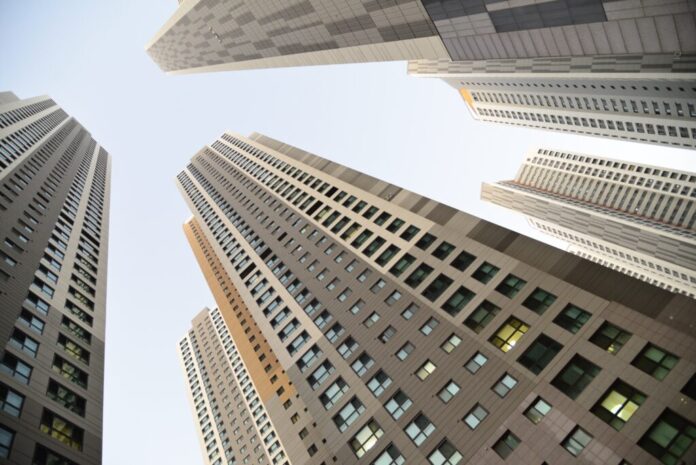Fireproofing is an important feature in all structures, whether they’re business and industrial buildings or private homes. Here are three facts about industrial fireproofing.
1. How Safety Standards Are Determined
Standards for industrial fireproofing are based on materials and what type of industry your building will be housing, rather than where you’re located. For example, industrial fireproofing Gardena, CA and in Boston, MA will be required to comply with the same requirements if the companies at each location both use the same materials. On the other hand, two different industries in Gardena may need to comply with two different sets of standards due to using different materials.
2. Intumescent Fireproofing
Intumescent fireproofing refers to interior or exterior coatings applied to steel surfaces. The liquid mixture is typically epoxy-based and has a similar consistency to paint. It can be an expensive option, so it’s typically applied to exposed steel, with other types of fireproofing used for other areas of a structure. The advantage of intumescent coatings is that they expand when they’re exposed to intense heat. This expansion creates a blanket of insulation to protect the steel from the fire’s heat.
3. Cementitious Fireproofing
Cementitious fireproofing is less expensive and is ideal for use in places where the atmosphere is expected to be very dry. As the name implies, this type of coating is cement, however, it’s a modern form of cement that is much more lightweight than previous types of cement fireproofing. The lightweight nature means it’s much easier to apply cementitious fireproofing, which is helpful as this type of fireproofing must be applied in several layers.
Industrial fireproofing may have more stringent requirements due to the higher prevalence of fire and heat sources in industrial settings. You should make sure your industrial structures and equipment follow all safety protocols, including those for fireproofing and fire prevention.






















